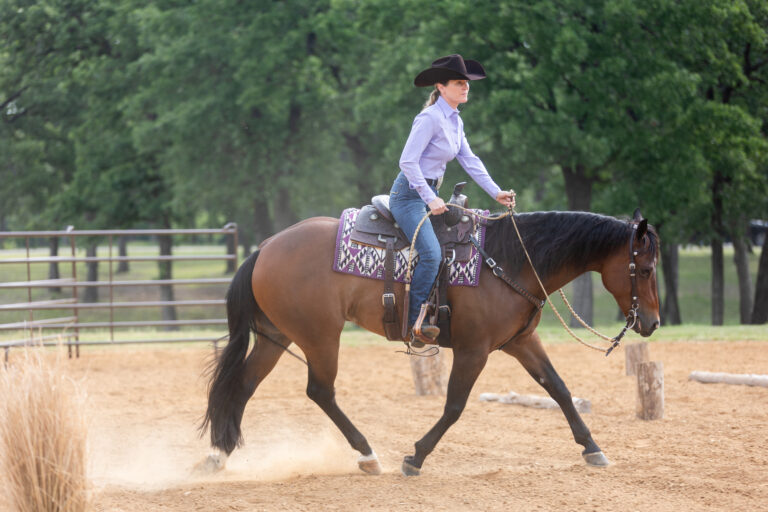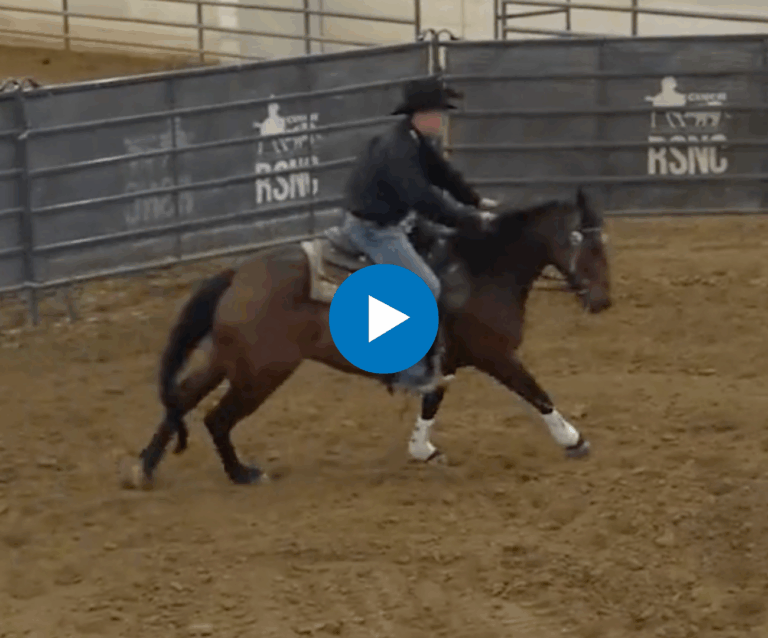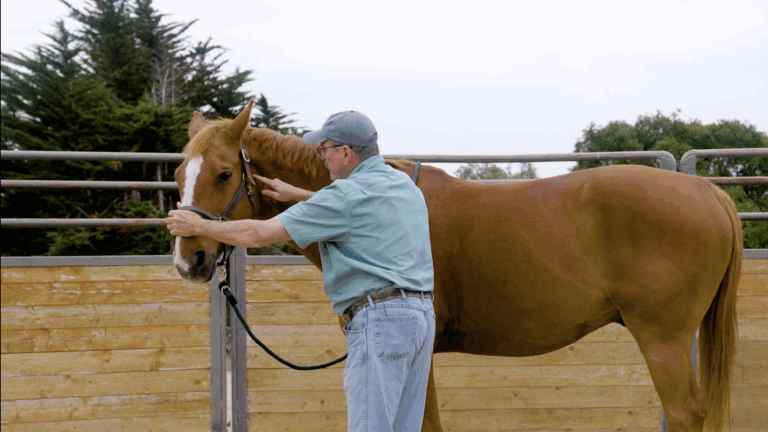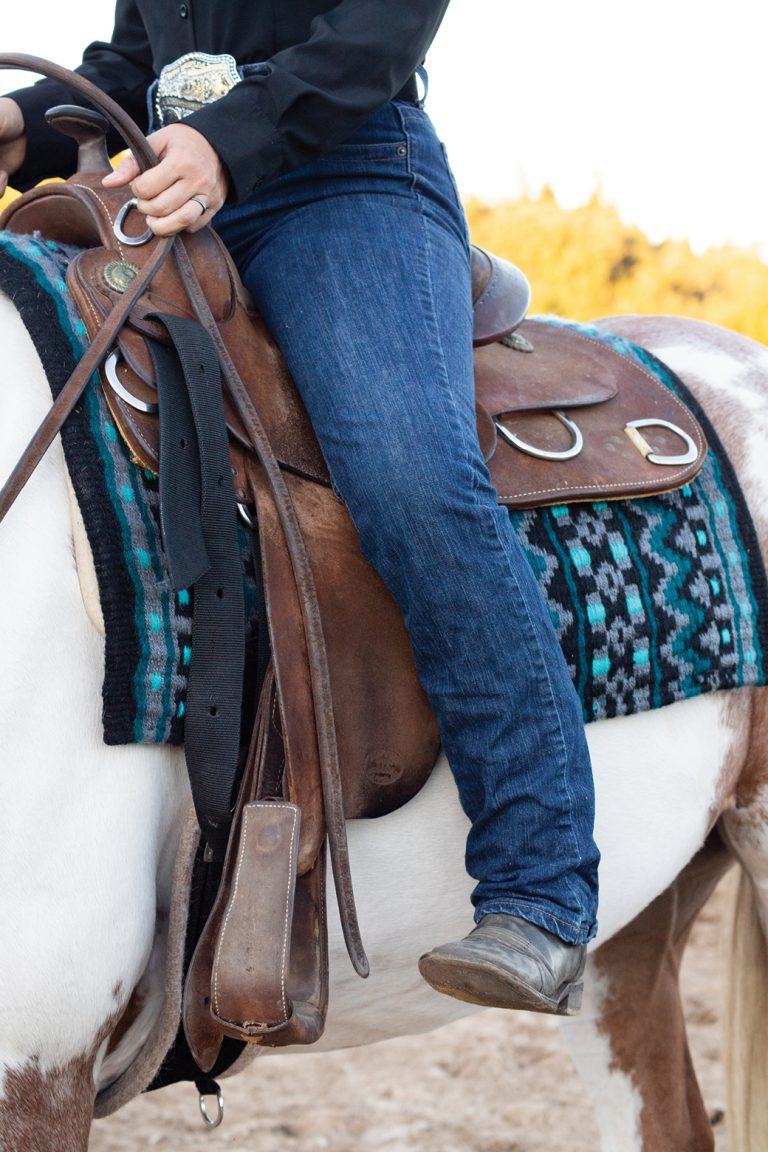The hackamore allows you to use direct-rein cues, just like a snaffle, but begins to introduce the concept of neck reining. That concept is further honed with the two-rein setup and then eventually the bridle. But the hackamore isn’t exclusive to reined cow horses.
Aside from adjustment, proper cueing with a hackamore makes or breaks your success in using this piece of equipment. My methods fall in line with traditional training theories I learned from iconic horse trainers such as Benny Guitron—a notable hackamore master and reined cow horse legend. My way of using a hackamore is different than how a Western pleasure trainer might use one to show a 2-year-old on the rail, for example. Keep that in mind as you learn from my tips.
Mecate rein options: solid braid rope, braided tail hair mecate, or the silvertip braided mecate.
[READ ABOUT: Benny Guiton]
[Disclaimer: Products we feature have been selected by our editorial staff. If you make a purchase using the links included, we may earn a commission. For more information click here.]
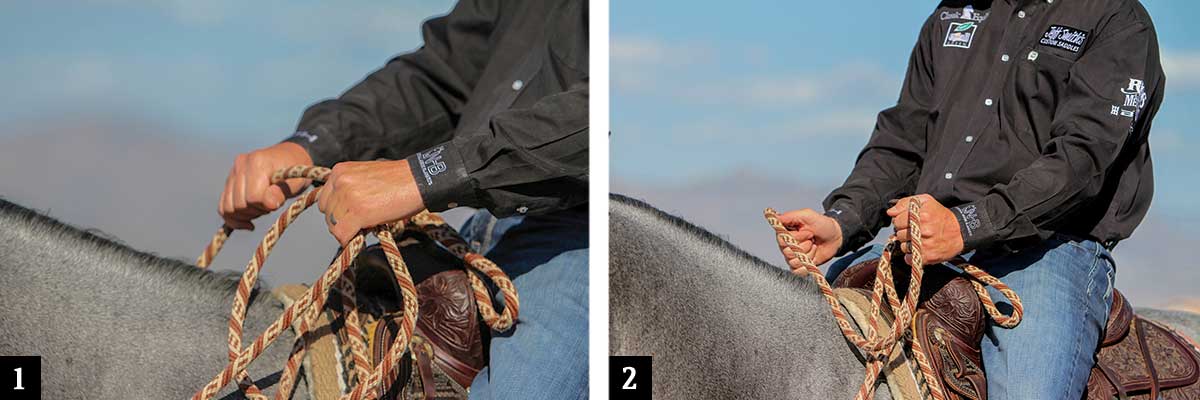
One
When riding with a hackamore, keep your knuckles flat. With your knuckles flat, you can more effectively cue your horse to go left or right with a direct pull and follow it up with a neck-rein cue from the opposite side. Loop the excess of your hackamore’s rein, and hold the coil in your left hand so you can feed out more rein or remove excess rein as needed. Keep your hands close together so your cues more closely resemble what you’ll use riding one-handed in the bridle.
Two
A hand position like you’re holding an ice-cream cone is great for romal reins, but it’s not effective when using a hackamore. With your hands straight up and down, you’re more apt to pull toward your thighs and knees. This motion works solely off your horse’s nose—that’s not the point of the hackamore. Flat hands and pulling toward your hips and buckle result in the correct hackamore action, which works on your horse’s nose and his chin.
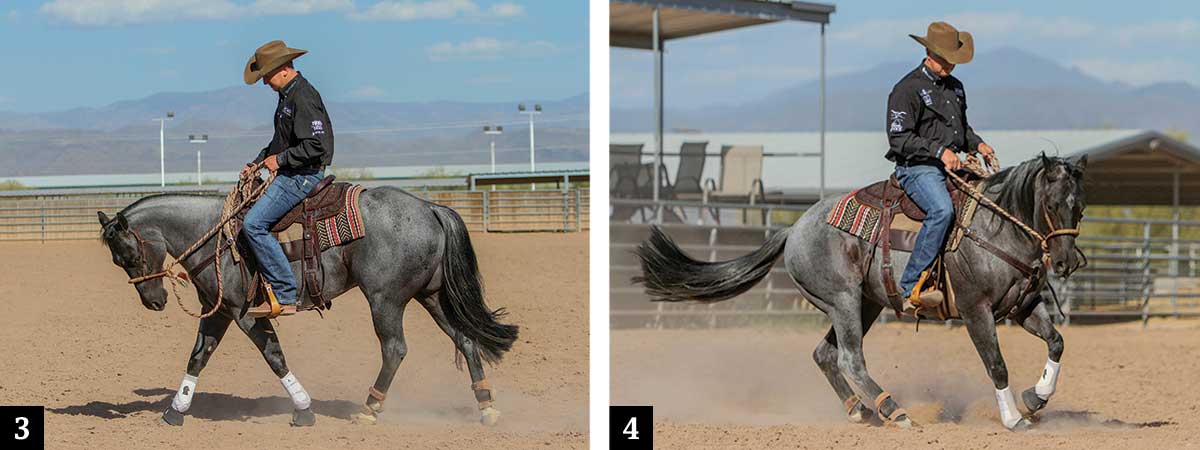
Three
When you pick up one hand with flat knuckles and a pull toward your hip, your horse responds to that pull more effectively. Here I lift my left hand to pick up my horse’s left shoulder and flex his nose to the left. He responds in a willing, soft manner that aligns with my slow, easy pull to place pressure on the bridge of his nose and on his chin. I use my outside rein and leg to support my cue and help my horse’s response. My right hand stays low so I don’t completely confine my horse’s forward motion, and it comes to the left to support my left hand’s cue.
[READ: Hackamore Tie-Rope]
Four
Here’s another example of my hand position eliciting the response I’m looking for. The pull from my right hand, toward my hip, directs my horse in his spin to the right. My left hand stays close to my right, supporting my direct-rein cue and pushing my horse to turn to the right. My hands work in tandem to help my horse get more accustomed to what he’ll feel in one-handed riding as he progresses in his training.
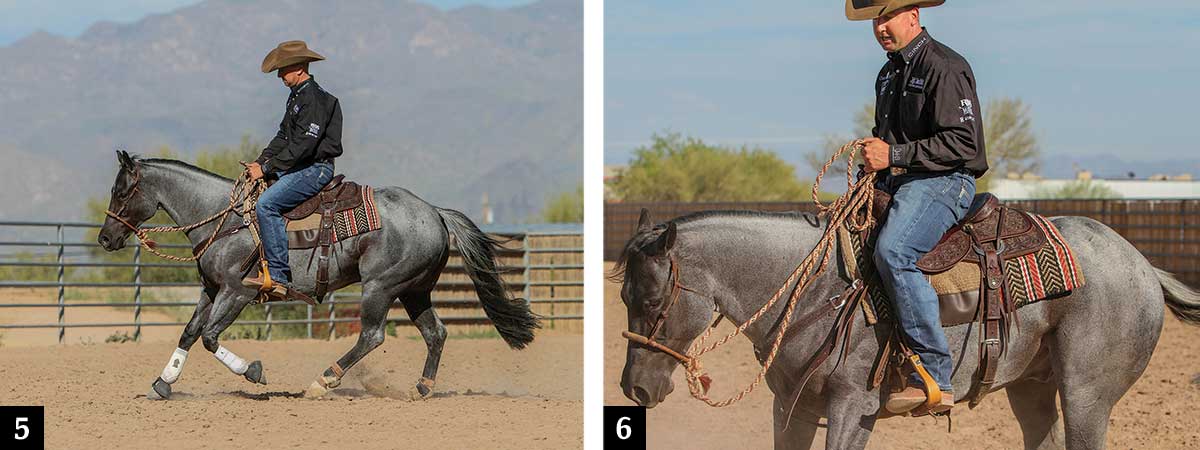
Five
When my hands are in neutral, as here loping a relaxed, easy circle around the arena, I keep a soft feel on my horse’s face. My knuckles are flat, and I hold my hands close together. My tie rope is adjusted properly—not too long nor too short. (Learn more about tie-rope adjustment at HorseandRider.com.)
This is a good example of my horse “loping his own circle.” Helping your horse into form and having body control are good, but don’t let your horse use you as a crutch. If you’re lifting his shoulders and driving with your feet, you’re doing more work than he is. As long as you’re guiding him on the path of travel, he should be able to carry himself in a comfortable frame, as my horse is here, and be ready to respond to your next cue.
Six
As your horse responds well to two-handed cues, you can move to some one-handed riding in a hackamore and easily go back to two hands when needed.
Don’t be afraid to check your homework. Put your reins in one hand, and ride like you will in a bridle with romal reins. Steer one-handed to check his response. Is he learning and improving from when you started? Or does he rely on you to keep him in check? This will give you a feel for your progress toward riding him in the two-rein or the bridle as he matures.
[WATCH: Al Dunning & Hackamores]
Corey Cushing, Scottsdale, Arizona, has earned nearly $2 million across NRCHA, NRHA, and NCHA competition. He prides himself in preserving his horses’ longevity and versatility. Learn more about his successes and his training program by following Corey Cushing Performance Horses on Facebook.

